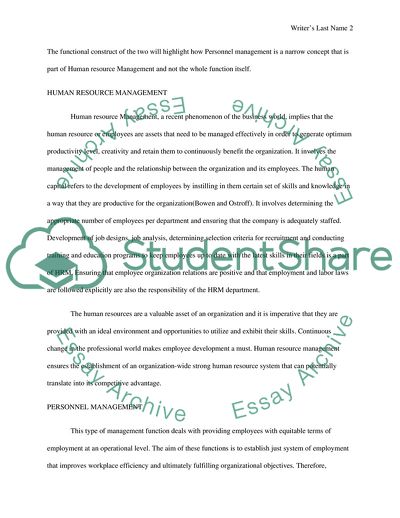Cite this document
(In large and complex business organisations there are differences Essay, n.d.)
In large and complex business organisations there are differences Essay. https://studentshare.org/human-resources/1835343-in-large-and-complex-business-organisations-there-are-differences-between-hrm-and-personnel-management-describe-clarify-and-analyse-these-differences-and-use-two-of-the-following-functional-areas-to-illustrate-how-they-differ-in-practice
In large and complex business organisations there are differences Essay. https://studentshare.org/human-resources/1835343-in-large-and-complex-business-organisations-there-are-differences-between-hrm-and-personnel-management-describe-clarify-and-analyse-these-differences-and-use-two-of-the-following-functional-areas-to-illustrate-how-they-differ-in-practice
(In Large and Complex Business Organisations There Are Differences Essay)
In Large and Complex Business Organisations There Are Differences Essay. https://studentshare.org/human-resources/1835343-in-large-and-complex-business-organisations-there-are-differences-between-hrm-and-personnel-management-describe-clarify-and-analyse-these-differences-and-use-two-of-the-following-functional-areas-to-illustrate-how-they-differ-in-practice.
In Large and Complex Business Organisations There Are Differences Essay. https://studentshare.org/human-resources/1835343-in-large-and-complex-business-organisations-there-are-differences-between-hrm-and-personnel-management-describe-clarify-and-analyse-these-differences-and-use-two-of-the-following-functional-areas-to-illustrate-how-they-differ-in-practice.
“In Large and Complex Business Organisations There Are Differences Essay”. https://studentshare.org/human-resources/1835343-in-large-and-complex-business-organisations-there-are-differences-between-hrm-and-personnel-management-describe-clarify-and-analyse-these-differences-and-use-two-of-the-following-functional-areas-to-illustrate-how-they-differ-in-practice.


